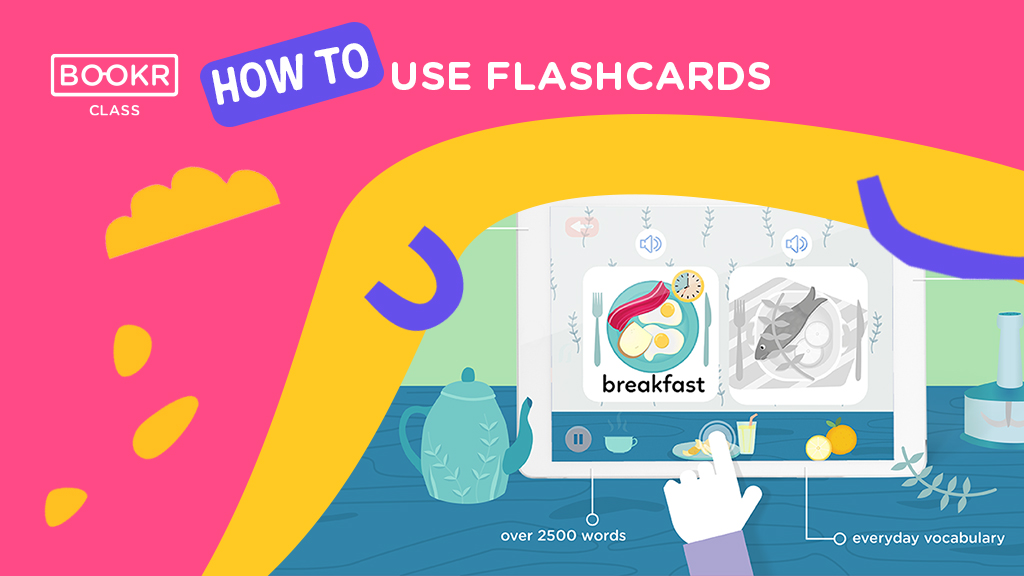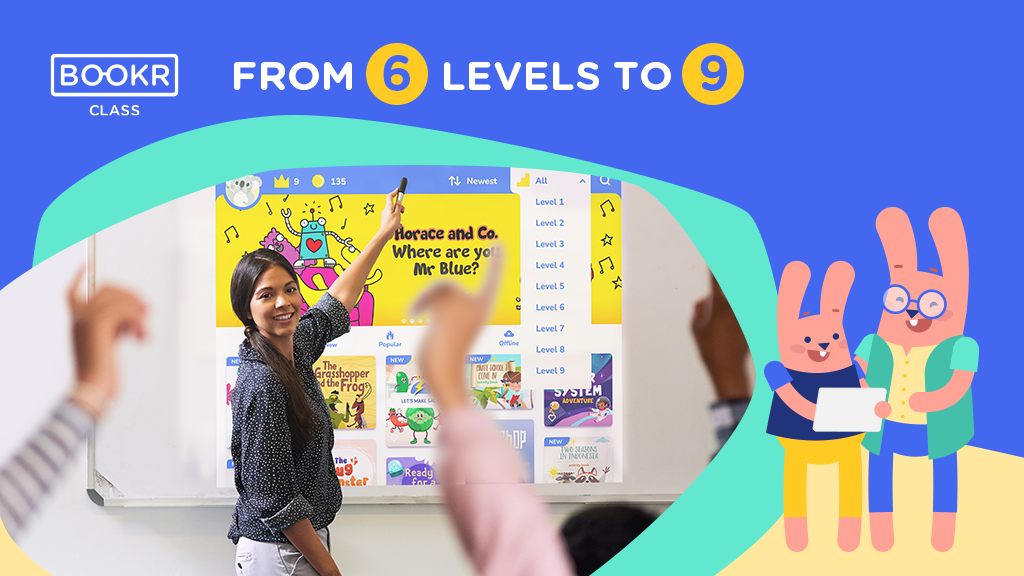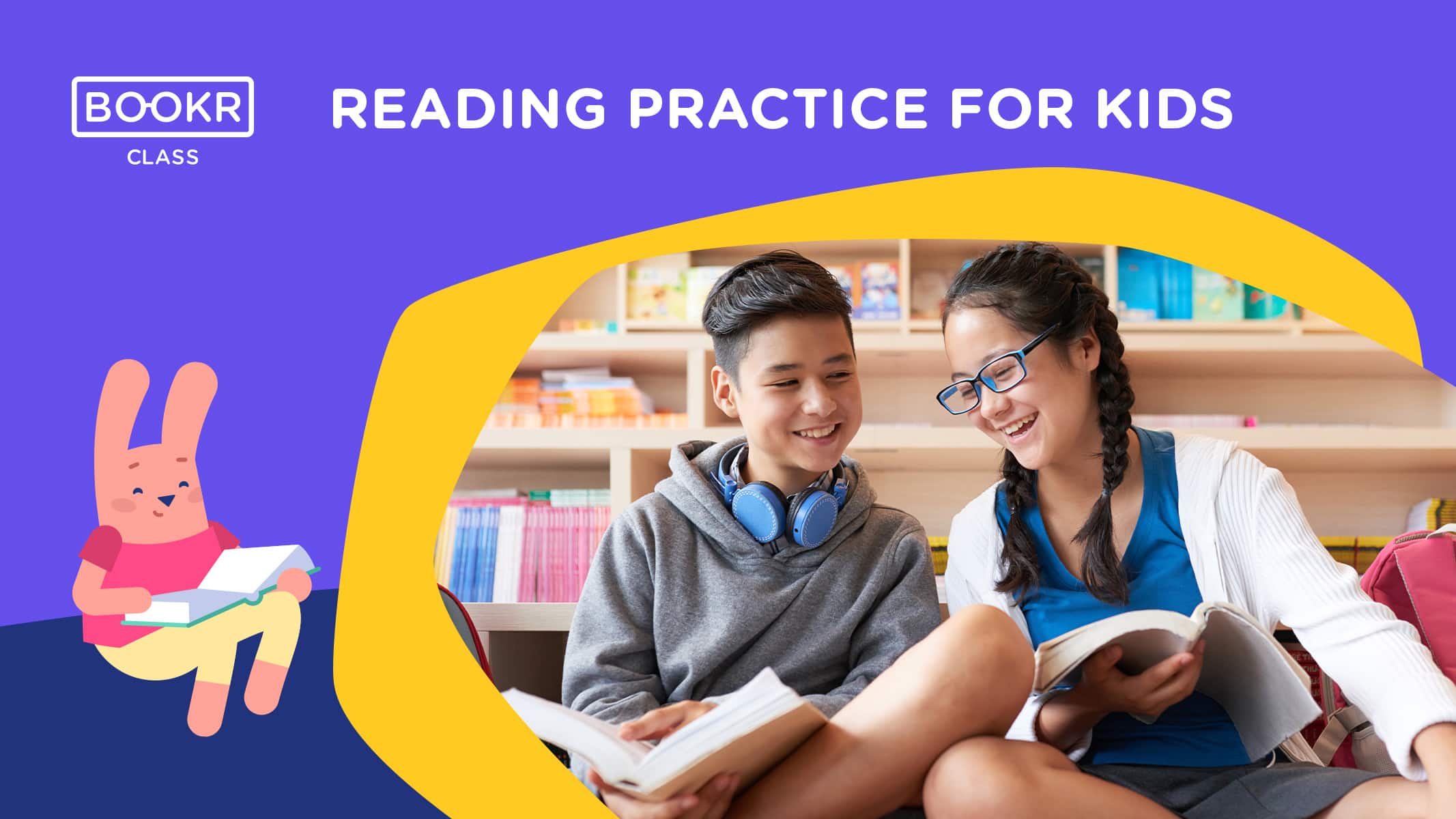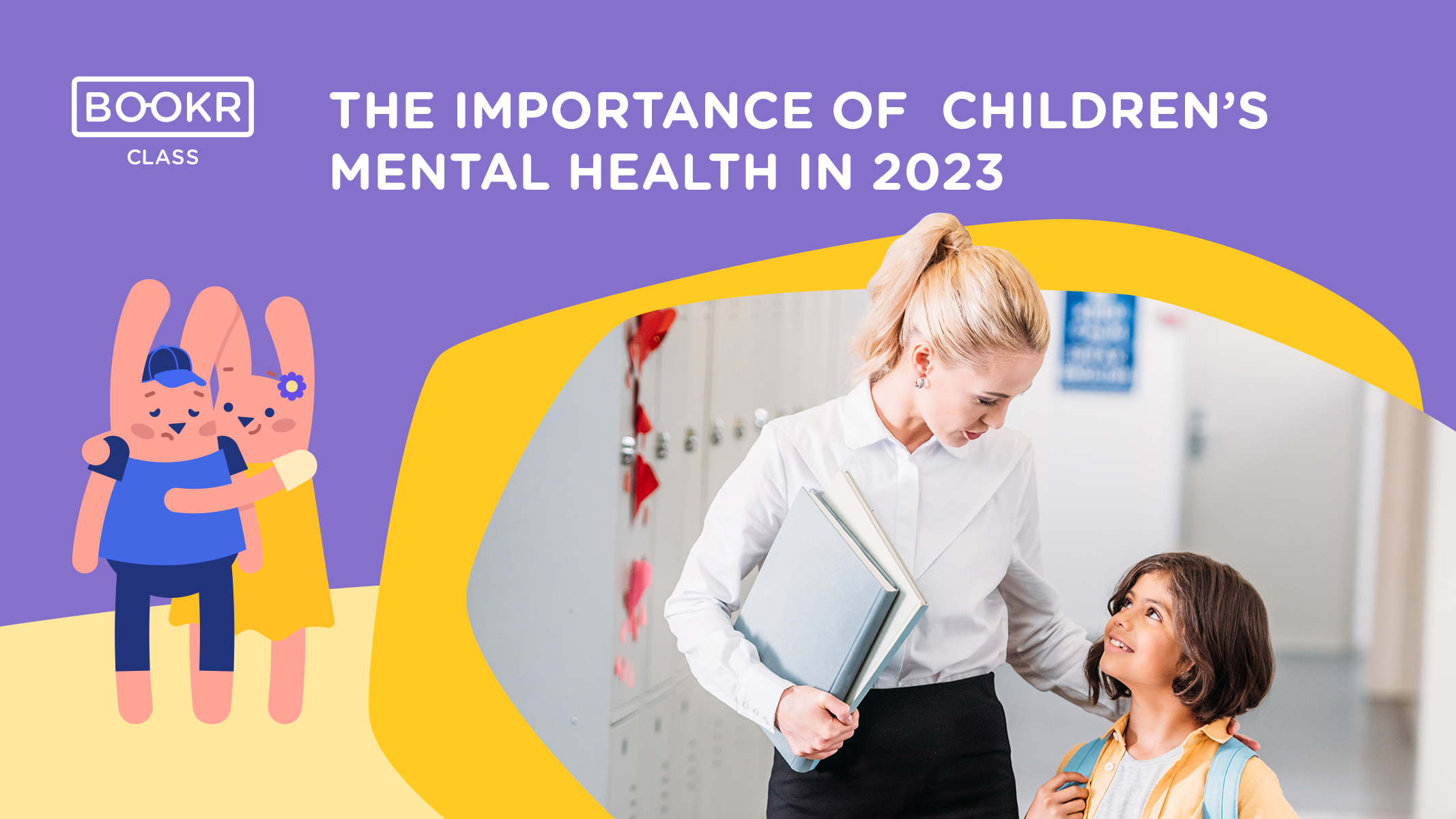Why And How To Use Flashcards
Flashcards are colourful and easy to create, distribute and mix, but what else is there to them?

1. Active recall
Actively trying to remember items while turning cards creates stronger neural connections in the brain for more effective memorisation.
The combination of the word and its illustration enhances systematic processing, while in the case of digital flashcard sets, hearing the word further deepens understanding and yields better retention.
2. Meta-cognition
Playing with flashcards, students’ awareness of their knowledge raises; for example, how quick or sure they are and about the items that are more challenging for them.
This method of testing provides important feedback for the students and also for the teacher.
3. Spaced repetition
Using the cards over and over again from the beginning of the learning process until individual production (or even assessment) helps students internalise the items and transfer them from the working memory to the long-term memory, and possibly their active vocabulary, too.
4. Student friendliness
Flashcards are easy to use both in- and outside school, with or without peers or a teacher. Students have the free choice of dividing decks or using different ones from time to time. Flashcards with illustrations are appropriate from a very young age and are a playful tool for learning.
Now let’s see some ideas for more versatility other than just turning the decks.
Top 3 Flaschcards Activites
1. Corner run
Depending on the flashcard sets, you can group the words and expressions. Here are some examples:
Once you introduce the groups, place the names of the groups in different corners of the classroom. Show your students a flashcard and let them run to the correct corner or place in the classroom. Then test if they know the word and ask someone to say the item out loud. You can also encourage the repetition of the word, too.
If running to the corners is not feasible, come up with different signs (sitting down if it’s countable, standing up if it’s uncountable…) the students can easily mock.
2. Caterpillar
3. Ready, steady, shoot!
Divide the class into smaller groups, place the flashcards on a desk or on the ground and give a paperball to the first student who attempts to gain a point.
The student needs to throw the ball onto a flashcard, preferably one they confidently identify. If they can pronounce the item correctly, they get a point. If the ball doesn’t land on a card, or the student doesn’t know the answer, they get zero points.


